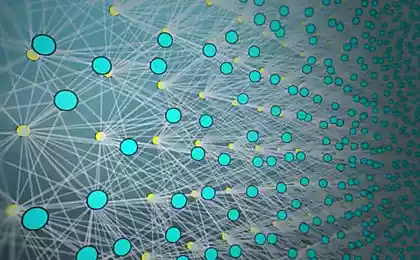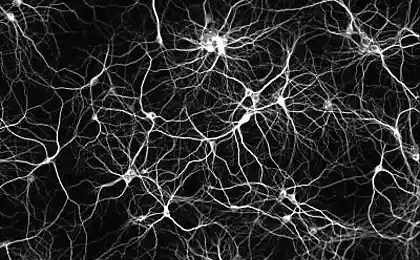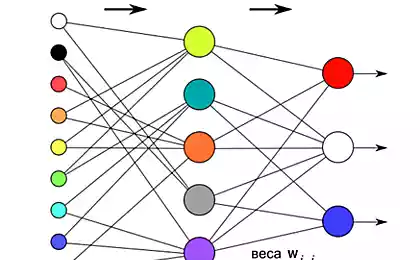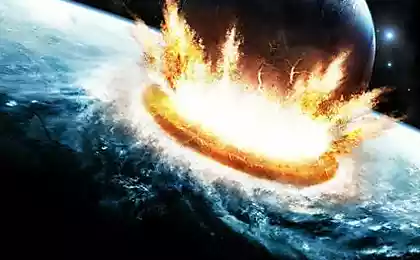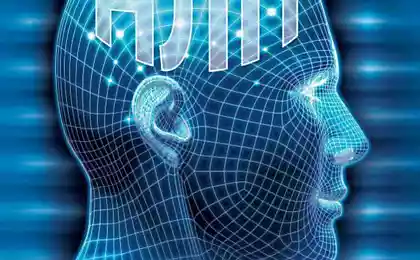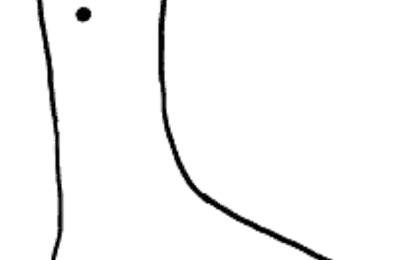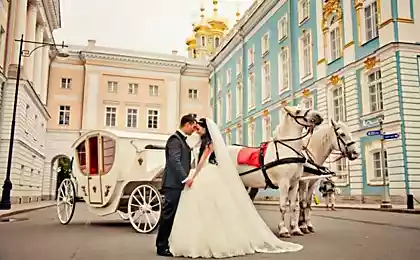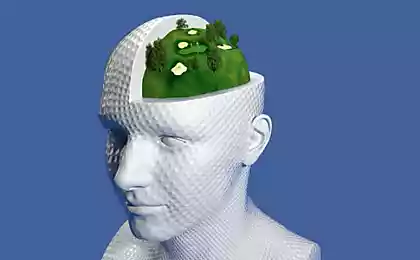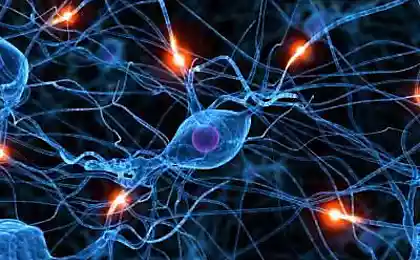490
Virus sensitivity improved thinking monkeys
The authors of the study that reported results in the journal Current Biology, has taught rhesus monkeys to follow on the computer screen with the moving dots. The animals were supposed to look at the point that glowed brighter than the others.
During the training, the biologists watched what area of the brain involved in performing the task. For this purpose we used functional MRI, which shows the activity of cells in different areas of the nervous tissue.
When scientists have established, what area of the brain responsible for learning, they introduced the monkey virus containing the gene of light-sensitive ion channel. When exposed to light such a channel can cause the activation of the neuron. Because the virus is embedded only in those cells that were in the area of the brain, this gave the possibility of using light to selectively activate neurons.

The researchers again repeated visual tests with monkeys. This time before performing the tasks their brains were irradiated with light using a thin optical fiber. It turned out that activation is able to improve the results of the monkeys by at least 10%. Scientists also argue that the more complex the task, the percentage is higher.

Previously, scientists assumed that such optogenetics techniques you can use to explore memory.
Last year employees of one of the nature reserves of France came to the conclusion that North African macaques able to distinguish photographs of familiar relatives.
Source: /users/104
During the training, the biologists watched what area of the brain involved in performing the task. For this purpose we used functional MRI, which shows the activity of cells in different areas of the nervous tissue.
When scientists have established, what area of the brain responsible for learning, they introduced the monkey virus containing the gene of light-sensitive ion channel. When exposed to light such a channel can cause the activation of the neuron. Because the virus is embedded only in those cells that were in the area of the brain, this gave the possibility of using light to selectively activate neurons.

The researchers again repeated visual tests with monkeys. This time before performing the tasks their brains were irradiated with light using a thin optical fiber. It turned out that activation is able to improve the results of the monkeys by at least 10%. Scientists also argue that the more complex the task, the percentage is higher.

Previously, scientists assumed that such optogenetics techniques you can use to explore memory.
Last year employees of one of the nature reserves of France came to the conclusion that North African macaques able to distinguish photographs of familiar relatives.
Source: /users/104




